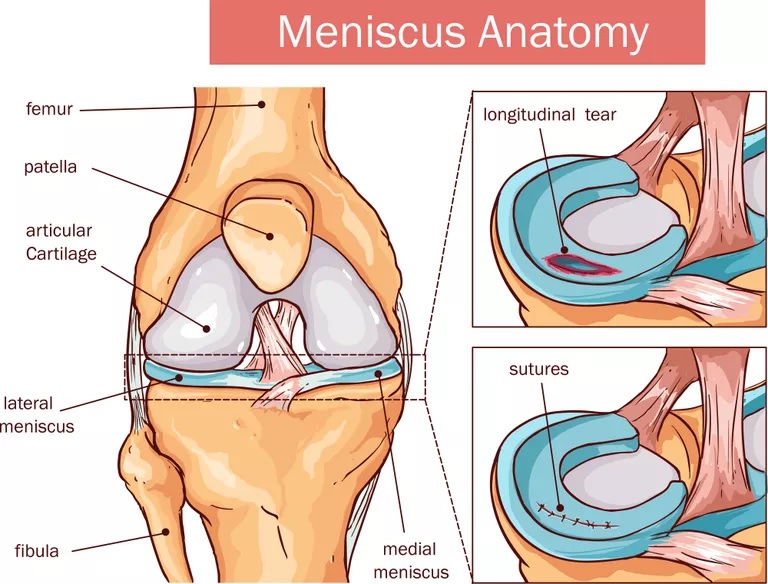Ligaments, Cartilage & Meniscus
Dr. NIKOLAJ WOLFSON, MD, FRCSC, FACS
IN THE SAN FRANCISCO BAY AREA
Anterior Cruciate Ligament (ACL) Injuries
The anterior cruciate ligament is often injured during sports activities. Athletes who participate in high demand sports like soccer, football, and basketball are more likely to injure their anterior cruciate ligaments. Changing direction rapidly or landing from a jump incorrectly can tear the ACL. About half of all injuries to the anterior cruciate ligament occur along with damage to other structures in the knee, such as articular cartilage, meniscus, or other ligaments.
Posterior Cruciate Ligament (PCL) Injuries
Collateral Ligament Injuries
Meniscal Tears
Tendon Tears
Cartilage Injury
Knee cartilage can be injured as the result of a traumatic injury, degenerative arthritis, or chronic overuse. Depending on the type of injury, the different types of cartilage may be damaged. When cartilage is damaged, often it is described as a tear of the cartilage. Typically, when someone refers to a tear in the cartilage, they are talking about an injury to the meniscus cartilage.
Words commonly used to describe an injury to the articular cartilage in the joint include:
- Fissuring: A fissure in the articular cartilage occurs when there is a cleavage within the layer of cartilage causing a separation between the layer. Sometimes this causes no symptoms, while others it can cause a catching sensation.
- Thinning: Cartilage thinning can occur after an injury or as an early sign of arthritis in the knee. Thin cartilage may not have as smooth an appearance as normal and may not glide as easily.
- Flaps: Flaps in the articular cartilage occur when a portion of the cartilage layer has not adhered and can be lifted from its normal position. This can also lead to catching sensations with knee movement.
- Defects: Cartilage defects can lead to the exposed bone within the joint. This can occur after traumatic injuries or as a result of knee arthritis.


